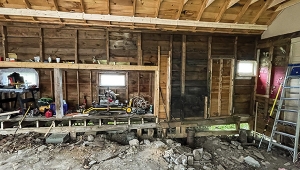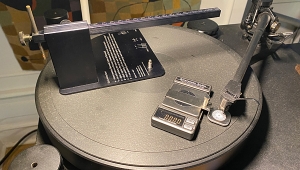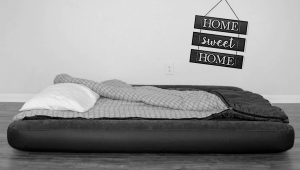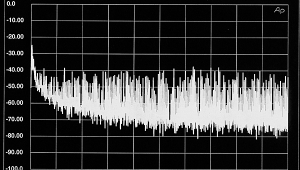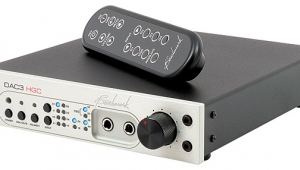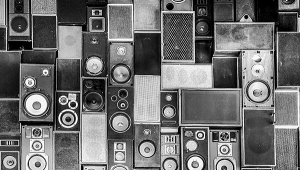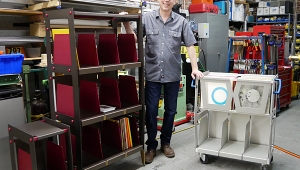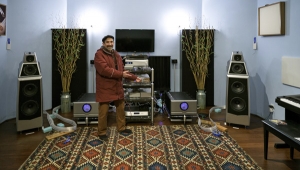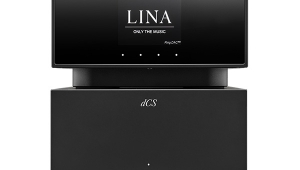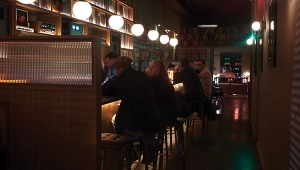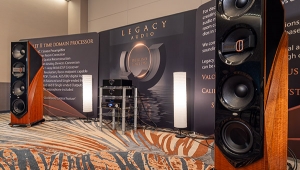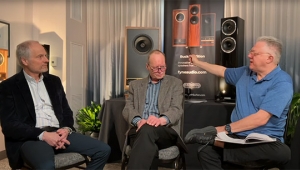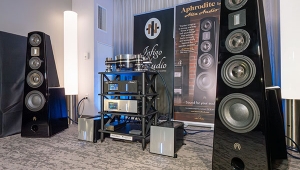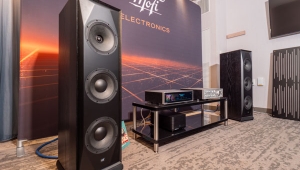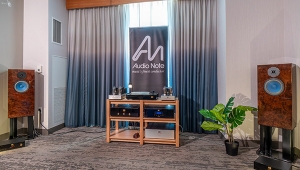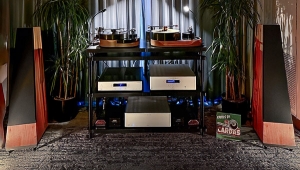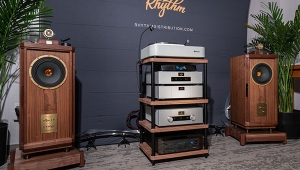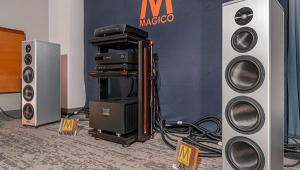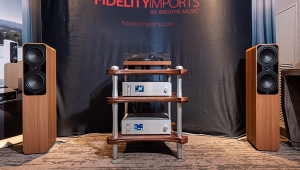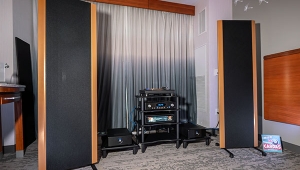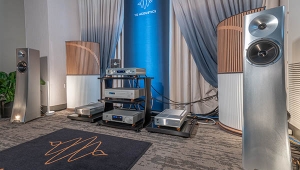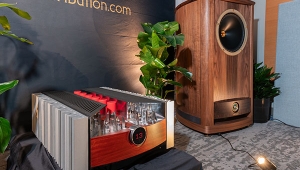| Columns Retired Columns & Blogs |
Installing a Dedicated AC Line
The most important change made to the system was one that held up the writing of my review of the Mark Levinson No.23.5 power amplifier for several months, such was its anticipated impact. Though my listening room is well-equipped with wall sockets, there are actually only two 15A circuits serving these outlets. Ever since I had converted what had hitherto been our house's master bedroom into my listening room, I had intended to run new circuits to it.
Somehow, there always seemed to be more urgent jobs that needed to be done around the house—new roof, new main drainage, new bathroom, new windows, new stucco, etc.—but finally in the spring of 1991, there was enough electrical work to be done that we managed to attract the interest of a local contractor. ("Choosing a contractor" is a phrase that, in my experience, is more true turned upside-down: they choose you—if you can supply references and show a willingness to both give them money on an unlimited payment schedule and allow them to become part of your extended family. Having sunk what could have been the money for our child's education into the fabric of our home, we find the omnipresent Eldon character in TV's "Murphy Brown" to be only too real.)
But I digress. For less than the cost of a budget power amplifier—a mere $373.45—the electrician ran two new 30A lines to the listening room, one with the hot on one side of neutral, the other on the other. Each had its own circuit breaker and each fed two hospital-grade wall sockets. (These orange receptacles grasp the prongs of AC plugs with a clasp akin to the Vulcan death grip.) All source components and the system preamplifier were plugged into an Inouye AC conditioner, in turn plugged into one of the new lines; power amplifiers were plugged into the other new line.
The sonic effect was nothing short of stunning. Within the context of a power amplifier's characteristic sound quality, bass fundamentals relatively dropped away to minus infinity, such was the increase in their weight, while the WATT/Puppy's "hump" in the upper bass became considerably less bothersome. Yes, the characteristic sounds of components were not changed—black was not rendered white—but the differences between those characters was heightened, the overall quality of each enhanced. The sonic contrast knob was turned up a notch, if you will, the blacks becoming a deeper black, the whites becoming more brilliant.
There is no doubt in my mind that installing these dedicated AC lines was the single most cost-effective improvement I have ever made to the sound of my system. If you can bring new AC power to your listening room without too much disturbance to your house or household—and you can find an electrical contractor who doesn't feel that he would be in danger of diminishing his social status by taking on your work—do it.
- Log in or register to post comments
